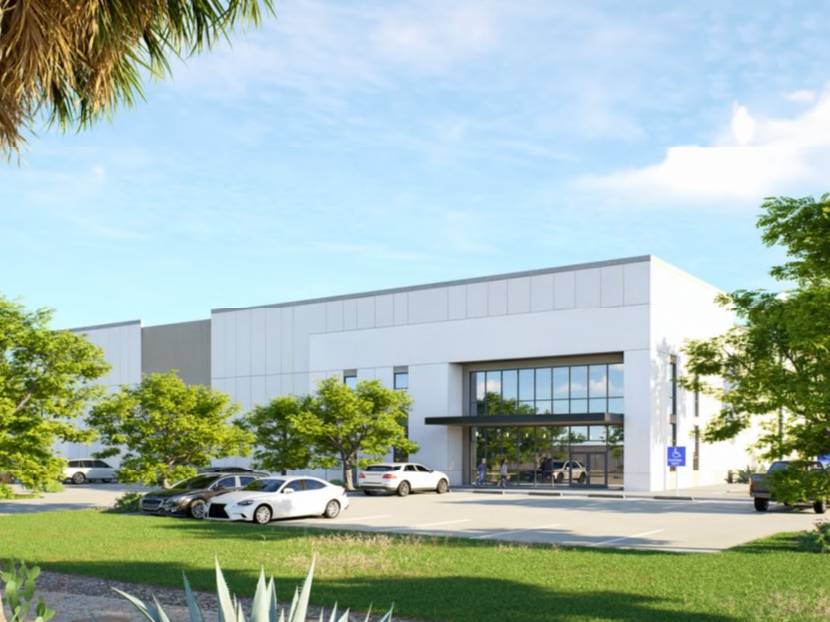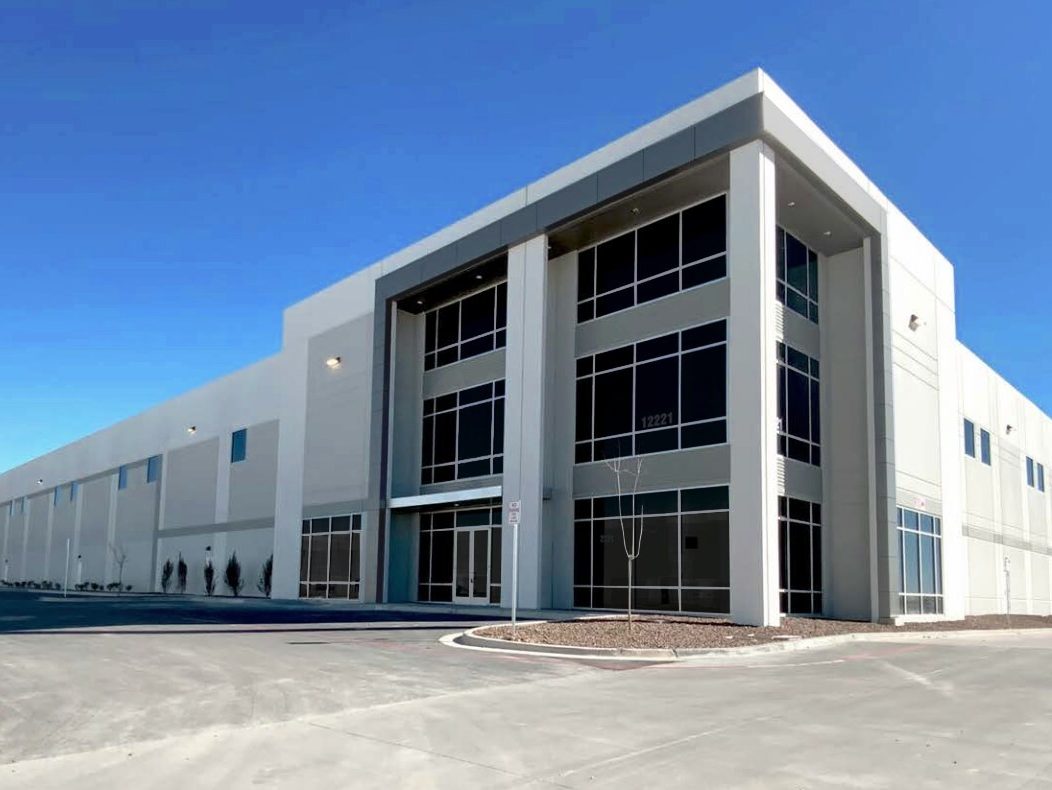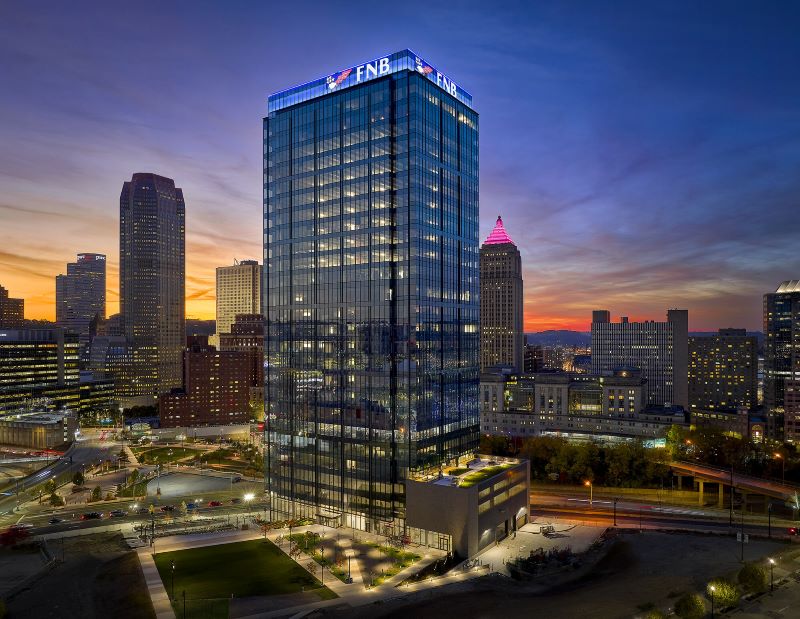The Rational Exuberance Around Industrial Real Estate
Investors have good reason to be enthusiastic about the sector's prospects, says Peter Muoio of SitusAMC Insights.
The industrial sector is hotter than ever, no matter how you measure it. Soaring demand and plummeting vacancy rates are showing no signs of letting up in both traditional industrial subsectors and niche subtypes, including cold storage, data centers, multistory warehouse, domestic light manufacturing, and facilities that can accommodate just-in-time delivery.
Industrial’s second quarter total returns were the highest in history. Capital appreciation rose 400 bps on a quarterly basis, and investor appetite is insatiable. Industrial’s share of total commercial real estate deal volume over the past two years has increased to 25 percent from its long-term average of 15 percent.
The sector’s growth is unprecedented, and SitusAMC Insights believes the sector’s stellar performance has staying power. SitusAMC’s most recent quarterly investor survey found that nearly 60 percent of institutional investors believe that industrial would be the best performing sector over the next year. Regional investors agree. Industrial was expected to remain the top-performing sector in all four regions: East, South, Midwest and West. Investors are most optimistic about future industrial performance in the East and Midwest.
Confidence in the sector is not just limited to short-term performance. SitusAMC Insights conducted a poll during a webinar at the end of September. Only 12 percent of the participants said the industrial boom would not last longer than a year. Some 49 percent said it would last one to two years, 25 percent said it would last three to five years, and 14 percent said it will continue for more than five years.
Given the structural and cyclical factors that are propelling sector performance, investor exuberance is rational. Demand is increasing for existing industrial properties because the cost for new industrial is exceeding market rents by a wide margin. Supply is not expanding enough to affect rental rates. Above-inflation rent growth (both actual and modeled) keeps increasing. Cap rates are the lowest in history, but we are still seeing cap rate compression in certain markets, including Baltimore, the Inland Empire and Washington, D.C.
Solid subsectors
There are no dark spots among industrial subtypes either. Flex space, a single-story building with a combination of warehouse and office, far outperformed all other industrial subtypes in the second quarter, rising about 670 bps Q-o-Q. Flex is on par with warehouse for one-year total and appreciation at about 23 percent and 18 percent, respectively. Flex/R&D vacancy rates dropped 30 bps Q-o-Q but have not returned to pre-pandemic levels. Warehouse vacancy rates, however, dropped 60 bps, falling to the lowest rate in two years. Flex/R&D and warehouse effective rents increased 70 bps and 90 bps, respectively, to historic highs for both subtypes.
With industrial sector completions at the lowest level in nearly a decade, we can expect the rent rally to continue for some time. SitusAMC’s net operating income forecast supports the commercial real estate investors’ enthusiasm. Among property types, NOI growth through 2025 is projected to be strongest for industrial. SitusAMC Insights’ evaluation of the 46 largest industrial markets found that about 75 percent of these markets have improved NOI outlooks from just one quarter ago, with nearly 10 percent of them with substantial jumps in growth expectations.
Peter Muoio is senior director & head of SitusAMC Insights.






